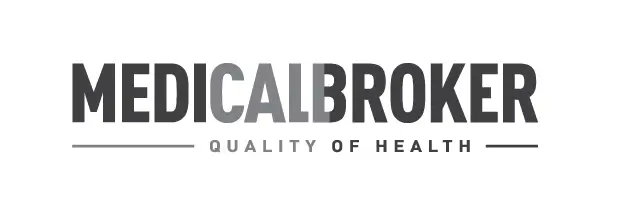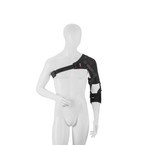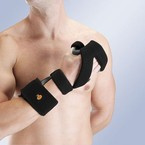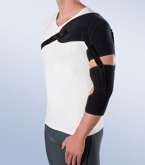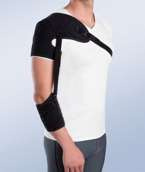Neurological Injuries - Symptoms & Orthotic Treatment
The term neurological injury refers to any kind of disturbance in the functioning of the nervous system, the most frequent being spinal cord and brain injuries. Regarding the hand, causes of paralysis can be a result of injuries to the central nervous system, cerebral palsy, tumours, trauma, etc. Those caused by spinal cord injury, poliomyelitis, amyotrophic lateral sclerosis, etc., injuries to the brachial plexus and its peripheral trunks or those produced by ischemic causes. Various injuries can occur in the hand with different symptoms depending on which of the radial, median or ulnar nerves are affected, due to their muscle innervation. The result can vary from spastic to flaccid paralysis.
Neurological Injury ~ Symptoms
Symptoms vary depending on the affected nerve. In radial nerve palsy, for example, loss of extension of the metacarpophalangeal and interphalangeal joints of the thumb can be observed and the inability to extend the wrist is evident. In the case of median nerve palsy, however, symptoms include loss of abduction of the thumb, loss of flexion of the metacarpophalangeal joint of the thumb and loss of the ability to perform thumb opposition, making it impossible to bring the thumb and index or little finger together. This can be compounded when the injury affects the forearm and elbow, causing loss of flexion in the interphalangeal joint of the thumb and distal interphalangeal flexion of the index and middle fingers. In ulnar nerve injuries, symptoms include flattening of the thenar eminence, partial ulnar claw in the 4th and 5th fingers (if the median and ulnar nerves are affected, the claw is complete), while the 5th finger is positioned in abduction and the hand shows hollowing in the interosseous spaces.
Neurological Injuries ~ Orthotic Treatment
As well as rehabilitation techniques applied to each type of neurological injury of the hand, there is a wide variety of orthosis designs available for each particular purpose, with objectives that include protecting the skin, preventing deformities, restoring muscle balance, or as a method of stabilisation, helping functional rehabilitation, recovering function (if possible) and assisting function as a stabilising method. Distinguishing between passive and active according to function, these first ones have the purpose of keeping the hand, or an anatomical segment of it, in a particular position, as per the prescriber’s instructions, and can be used during the day, night or both. Active or functional orthoses allow correction, alignment or rehabilitation exercises, with selection of the most suitable device depending on the prescribed function.
